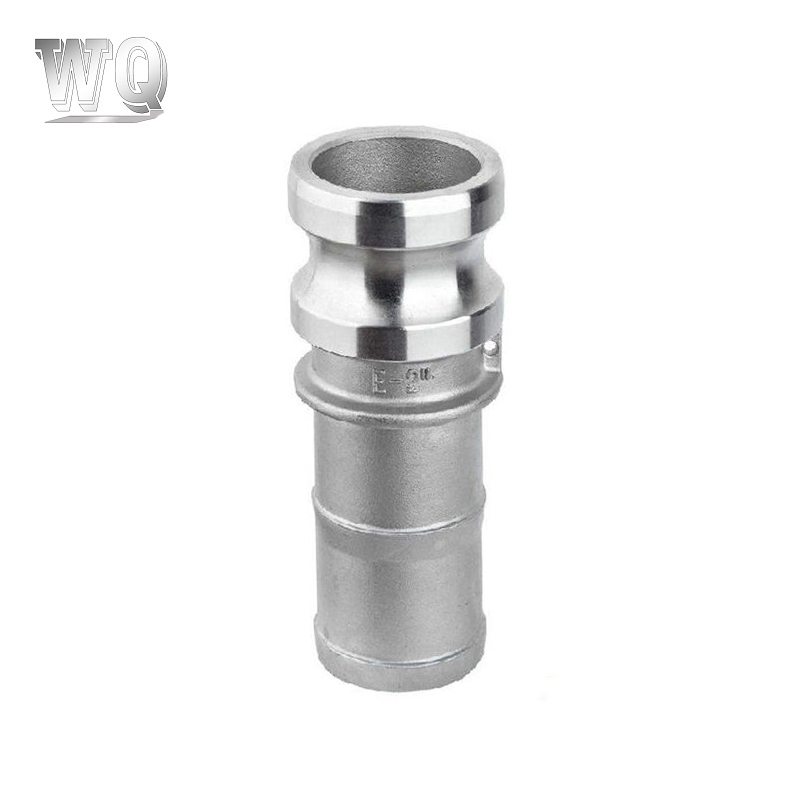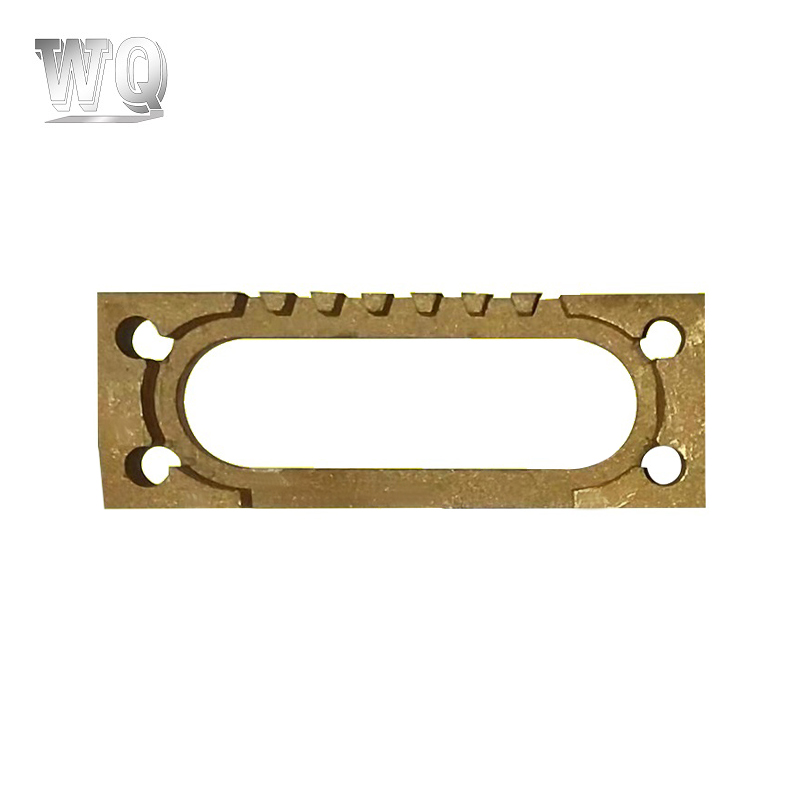In the process of Casting Auto Parts, controlling casting accuracy is one of the key factors to ensure the quality of castings. Casting accuracy directly affects the size, shape, surface finish and final functional performance of parts. By accurately controlling each link in the casting process, the qualified rate of parts can be effectively improved, defects can be reduced, and the adaptability and reliability of parts can be ensured.
The design of the casting mold directly affects the accuracy of the casting. The mold must have sufficient rigidity and accuracy to ensure the consistency of the shape and size of the casting. In the casting of automotive parts, complex parts require that the mold design takes into account the rationality of thermal expansion, gating system layout and exhaust channels. Reasonable mold design can effectively reduce the deformation and dimensional error of the casting.
The accuracy of the mold will change with the increase in the number of uses, so regular inspection and maintenance are required. By using wear-resistant and corrosion-resistant mold materials and optimizing the cooling system of the mold, the service life of the mold can be increased and the dimensional deviation caused by mold wear can be reduced.
Temperature control during the casting process is crucial to casting accuracy. Too high or too low casting temperature will affect the fluidity of the metal liquid, the solidification process and the final shape of the casting. Too high a temperature may cause defects such as pores and shrinkage holes in the casting, while too low a temperature may cause the casting to not completely fill the mold, thus affecting the accuracy. Therefore, a precise temperature control system is needed to ensure the stability of the casting temperature.
The pouring rate is an important factor affecting the internal structure and surface quality of the casting. Too fast pouring may cause defects such as rough surface, pores or shrinkage holes in the casting, while too slow pouring may cause uneven cooling of the metal, resulting in decreased dimensional accuracy. The pouring system with automatic control can accurately adjust the pouring rate to ensure the accuracy of the casting.

The effect of the cooling process on the casting accuracy is mainly reflected in the temperature difference between the inside and outside of the casting. Uneven cooling may cause thermal cracks, deformation or uneven shrinkage in the casting. By rationally designing the cooling system to ensure the uniformity of cooling inside and on the surface of the casting, deformation can be effectively reduced and the dimensional accuracy of the casting can be improved.
Customizing cooling channels for specific castings can effectively control the temperature difference during the cooling process, thereby reducing casting deformation and dimensional errors caused by uneven cooling.
For automotive parts that require high precision, precision casting (such as wax casting, vacuum casting, etc.) processes can be used. These processes can achieve very fine casting accuracy, even reaching micron-level precision requirements. Precision casting is particularly suitable for automotive parts with complex shapes and high precision requirements, such as engine parts, transmission housings, etc.
These processes can also improve the dimensional accuracy and surface quality of castings, especially for parts with complex shapes. Lost foam casting can reduce surface defects of castings, while low-pressure casting can provide more uniform metal flow and reduce dimensional fluctuations.
Choosing the right casting material is crucial to improving casting accuracy. The adjustment of alloy composition directly affects the solidification characteristics, shrinkage rate and fluidity of the metal, thereby affecting the accuracy of the casting. For automotive parts, cast iron, aluminum alloy and other materials are often used. These materials need to adjust the alloy composition according to the casting process to reduce the deformation of the casting.
Different casting materials have different shrinkage behaviors during solidification. During casting, it is necessary to determine the reasonable shrinkage compensation amount through calculation and practice to avoid unqualified casting dimensions due to excessive shrinkage.
Through the above strategies, the casting accuracy of automotive parts can be effectively controlled and improved during the casting process to ensure that the product quality meets the design requirements. This not only improves the performance and service life of parts, but also reduces the cost of subsequent processing and maintenance, meeting the automotive industry's demand for high-precision, high-quality parts.









